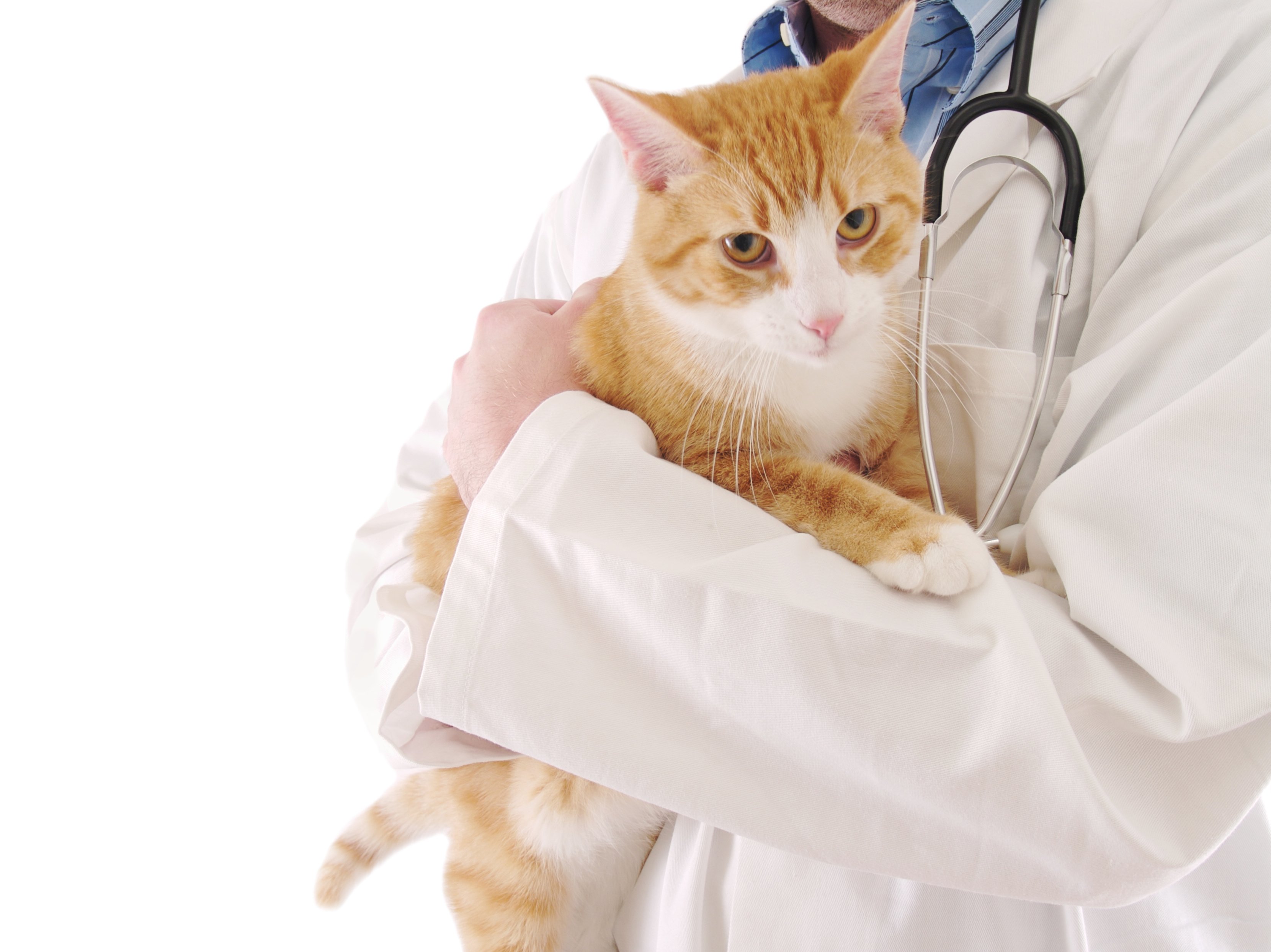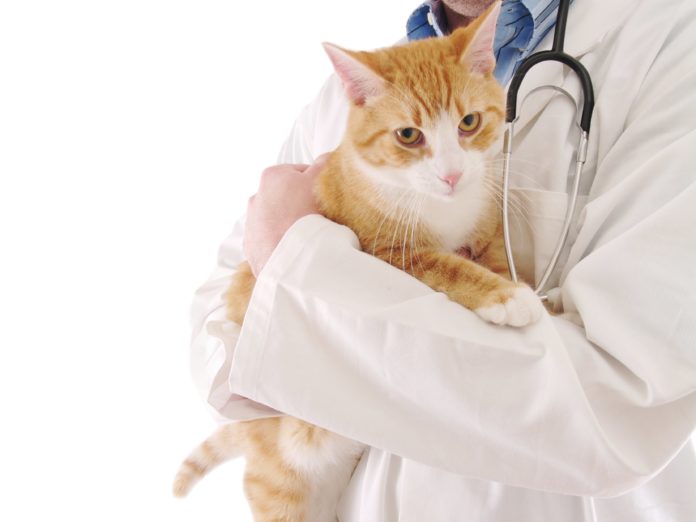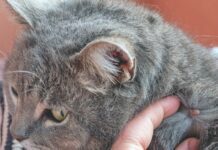Jon Schulte | AdobeStock


Advances in veterinary medicine have enabled our feline friends to live longer, healthier lives, and these are not just improvements in treatments. Technology has pushed screening and prevention to the forefront, so disease can be headed off before it gets a stronghold. Some screening tests are recommended before you bring your cat or kitten home. Like any new thing, you may find yourself wondering, “Are they all necessary?”
Worthwhile Choice: FeLV
Whether you are adopting your first kitten or adding a fourth cat to your household, some screening tests are worthwhile, including the test for FeLV. While this devastating disease is becoming less common due to screenings and vaccinations, it’s far from eradicated and you really ought to know if your potential new family member is positive for this virus, especially if you have other cats or kittens at home.
Dr. Fred Scott DVM PhD, founder and former Director of the Cornell Feline Health Center, says a positive blood test for FeLV will identify the presence of FeLV antigens (small proteins that are part of the virus). There are two types of tests commonly used for FeLV diagnosis. One is a quick screening test called an ELISA (enzyme-linked immunosorbent assay), which can usually be performed at your veterinary clinic and is routinely carried out as the initial FeLV screening test. Most shelters and rescue organizations perform this test before putting cats up for adoption.
If a healthy cat tests positive on the ELISA, then an IFA (immunoflourescent assay) is generally run. This is a confirmatory test that, because of the technology required, is usually done at a commercial laboratory.
At the 2018 Fred Scott Feline Symposium at Cornell, FeLV was a topic of discussion by Dr. Regina Hofmann-Lehmann, a recognized expert on feline infectious diseases from the University of Zurich, Switzerland. She notes that not all FeLV isolates are identical, and they may cause different clinical problems. “Exogenous FeLV isolates are grouped into four major subgroups, FeLV-A, -B, -C and -T. The dominant FeLV-A subgroup is horizontally transmitted and is found in all FeLV-infected cats. This is the most infectious form of the virus, but low in pathogenicity. The other subgroups arise within the infected cat by mutation. Some FeLV-B infected cats develop lymphoid malignancies (cancers), while FeLV-C infection is associated with the development of aplastic anemia.” FeLV-T tends to be associated with T cells and decreased immunity. For your individual cat, simply knowing if she is FeLV positive or negative is what is important.
What the Results Say
Cats can generally show three different results from FeLV testing. Hopefully, they are negative (no sign of FeLV antigen). They may also have what is classified as a “progressive infection,” which means that the virus is present, that the cat may be shedding the virus, and that he can infect other cats in addition to being at high risk of developing FeLV associated illnesses. Third, the cat may have a “regressive infection” where the virus is incorporated into her system, but she does not shed virus unless she is stressed or ill.
Any cat showing signs of illness that might possibly be connected to FeLV infection should be isolated from other cats and tested (or retested). Ideally, your cat should be tested before being vaccinated as well. An FeLV positive cat may occasionally be retested after some interval, as the cat may be able to eliminate the virus. In the meantime, the cat should be isolated from other cats.
A cat who has a progressive infection and sheds the virus is dangerous to other cats, particularly cats that are not vaccinated against FeLV. FeLV can be shed in saliva, nasal secretions, urine, feces, and milk of infected cats. Susceptible cats may become infected via casual contact with FeLV positive cats or by sharing dishes and litterboxes, but the virus is not tough and does not survive for long in the environment. An infected female cat can pass the virus to her kittens both in utero or through nursing.
The Decision
Cats who will be going outside should be tested and vaccinated. In addition, cats who will be exposed to other cats in rescues, shelters, and multi-cat households will benefit from testing and vaccination. Remember that cats who test positive should be isolated from other cats until they are followed up with the appropriate secondary tests and their true status is determined.
If it is ultimately determined that they are truly infected, they should be isolated, placed with other FeLV positive cats, or with cats that are appropriately vaccinated against FeLV (the latter is not ideal, because no vaccine is 100 percent effective). Kittens are most susceptible to infections of FeLV, as their immature immune systems may not be up to eliminating the virus.
If your cat has tested positive for FeLV, says Dr. Scott, “You don’t have to consider it a death sentence. First of all, you’d do well to have the animal retested after about three months, since the original test may have yielded a false positive. Secondly, some FeLV-infected cats develop an effective immune response, which controls the viral infection and results in a transient viremia instead of a persistent viremia. In these cats, subsequent FeLV tests may show that the cat no longer has virus in its blood and is not shedding virus into the environment. Finally, while there is no cure for FeLV infection, supportive care and diligent monitoring of any health problems that may arise can often result in several years of relatively good health.”




